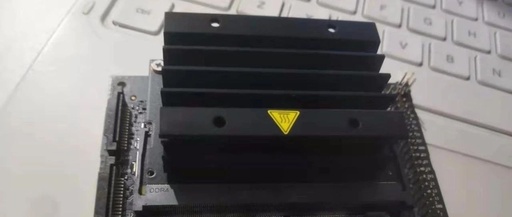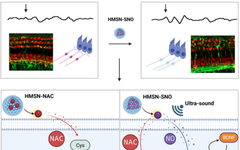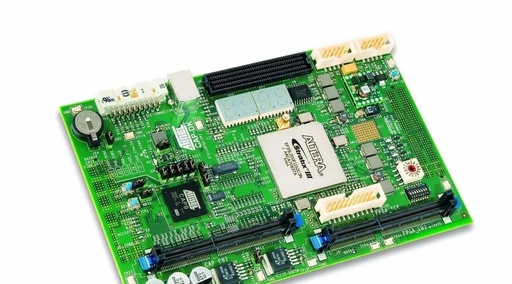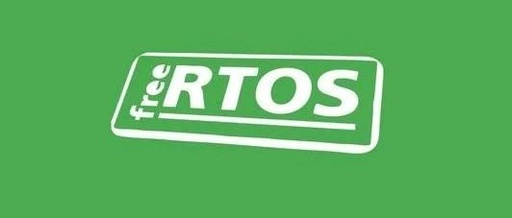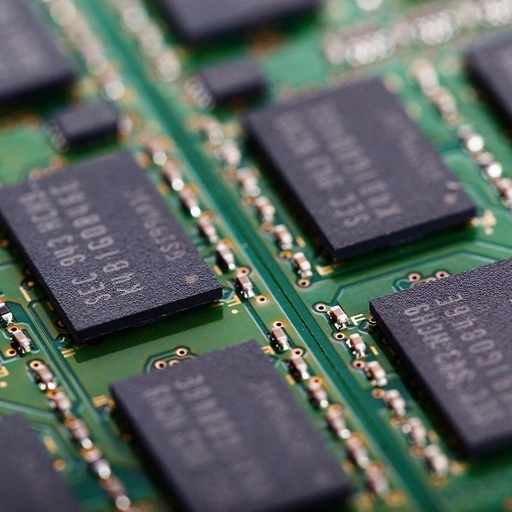The Return of the 15cm High-Performance Mini Graphics Card: Dilan to Release New Generation NANO Graphics Card
Dilan Technology has confirmed that it will unveil the RX Vega 56 Nano Edition graphics card at the Taipei Computer Show in June. Regarding the NANO graphics card, many DIY enthusiasts are likely familiar with it. AMD was the first to use HBM memory, packaging the Fiji core with HBM memory, allowing for a very … Read more

